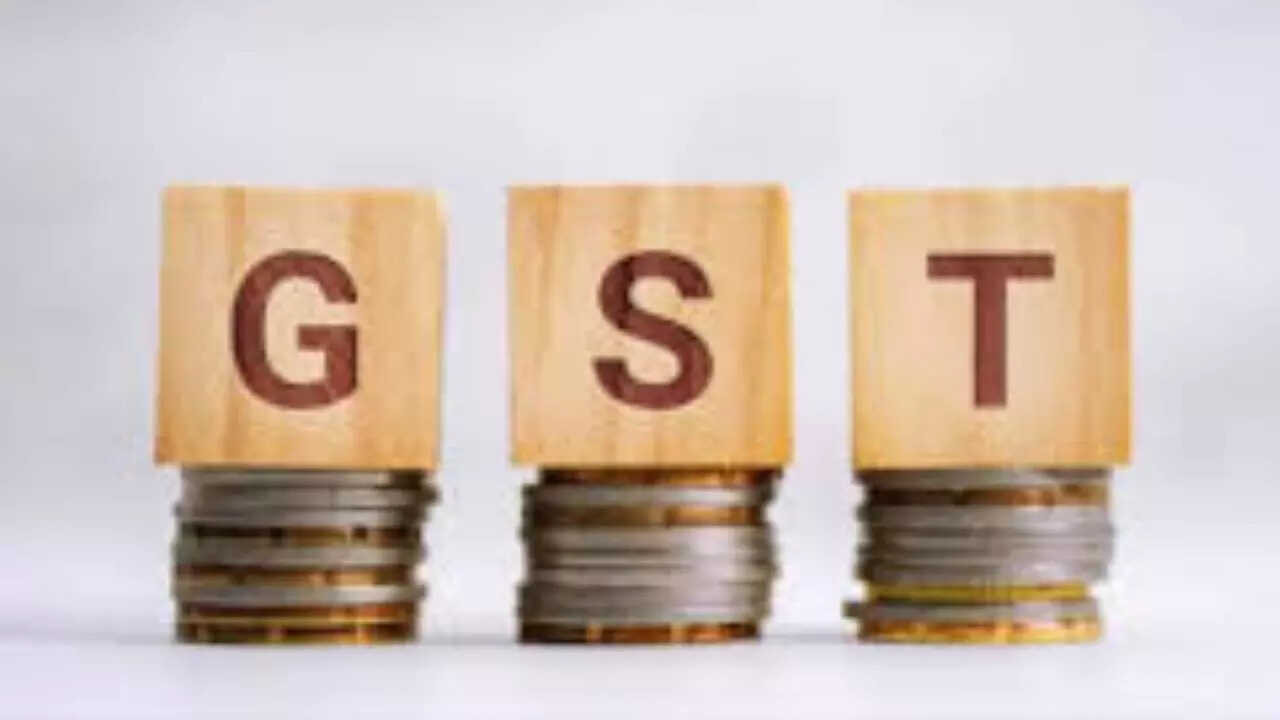India’s fiscal deficit reached 52.6% of the full-year target by October 2025, a notable increase from last year’s 46.5%. Total expenditure touched Rs 26.25 lakh crore, with significant portions allocated to interest payments and subsidies. Government revenue collection is at 51.5% of estimates, indicating a widening gap that warrants attention.
Navigating India’s Fiscal Waters: A Look at the Latest Deficit Numbers
The Indian economy, a vibrant tapestry woven with threads of ambition and pragmatism, is constantly under scrutiny. How are we managing our finances? Are we spending wisely? Are we staying on course with our fiscal goals? The latest data regarding the government’s fiscal deficit offers a peek into these very questions, painting a picture of progress, challenges, and the path ahead.
The Controller General of Accounts (CGA) recently released figures showing that India’s fiscal deficit reached 52.6% of the annual target by the end of October for fiscal year 2026. While headlines often focus on the percentage, what does this actually mean for the average Indian citizen, for businesses, and for the overall health of the nation’s economic engine?
Decoding the Fiscal Deficit: It’s More Than Just a Number
Think of the fiscal deficit as the difference between what the government earns and what it spends. It’s like a household budget where expenses exceed income, requiring you to borrow money to bridge the gap. In India’s case, the government borrows to fund various developmental projects, infrastructure improvements, and social programs.
Reaching 52.6% of the targeted deficit by October isn’t necessarily alarming in itself. The government usually spends more in the first half of the fiscal year. This is partly because many projects are initiated early on, and funds are allocated to kickstart them. The real question is whether the government can manage its spending and boost revenue in the remaining months to stay within the self-imposed fiscal boundaries.
Revenue on the Rise: A Silver Lining
One positive takeaway from the latest report is the growth in government receipts. Stronger tax collections, fueled by a resilient economy, are playing a crucial role in bolstering the government’s coffers. This is a welcome sign, indicating increased economic activity and greater compliance. The government has been proactive in streamlining tax processes and widening the tax base, and these efforts seem to be bearing fruit.
The report also highlights an increase in transfers to state governments. This is essential for balanced regional development, enabling states to invest in their own infrastructure, healthcare, and education. Stronger states translate to a stronger nation, so this upward trend in transfers is a vital piece of the puzzle.

Where Are We Headed? Calibrating for Sustainable Growth
The government has set an ambitious goal of reducing the fiscal deficit to below 4.5% of GDP by fiscal year 2026. This requires a delicate balancing act. It needs to continue investing in growth-enhancing areas, such as infrastructure and skill development, while simultaneously controlling expenditure and improving revenue mobilization.
A key element in achieving this is efficient spending. Every rupee must be spent wisely, ensuring that government programs are effective and deliver the intended results. Leakages and inefficiencies need to be plugged, and greater transparency and accountability are paramount.
Furthermore, attracting foreign investment is crucial. A stable and predictable economic environment, coupled with favorable policies, will encourage foreign investors to bring their capital and expertise to India, boosting economic growth and creating jobs.
The Road Ahead: Prudence and Progress
Managing India’s fiscal deficit is a continuous process that requires careful planning, strategic execution, and constant monitoring. While the latest figures provide a snapshot of the current situation, the long-term trajectory is what truly matters. The government’s commitment to fiscal consolidation, combined with a focus on sustainable and inclusive growth, holds the key to securing India’s economic future. Only by continuing to focus on revenue enhancement and prudent financial management can India achieve its ambitious growth targets and become a truly global economic powerhouse.
[Learn more about India’s economic growth strategy.](internal-link-example.com)






